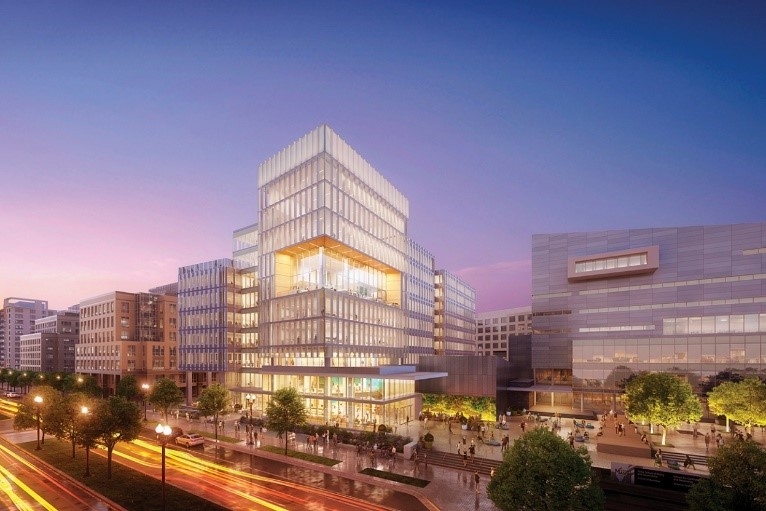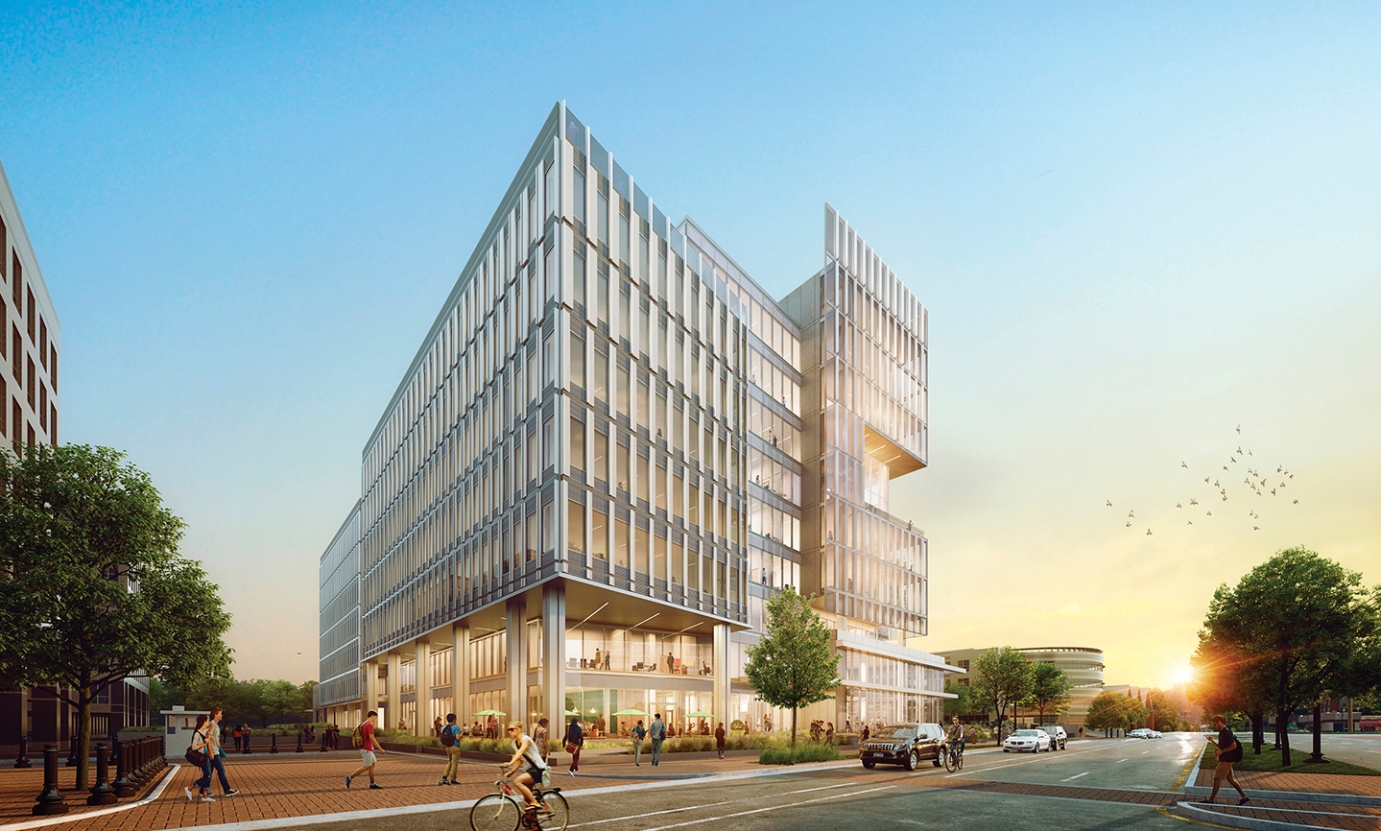
There’s no time to waste! The design and construction of today’s buildings need to be efficient and net-zero ready. Electrification – the process of transitioning from traditional fossil fuel-based energy sources to cleaner, renewable sources like solar, wind, and hydropower – can help accelerate sustainable efforts.
Electrification is vital to many carbon reduction plans, including the Federal Building Performance Standard, which requires 30% of building space owned by the federal government to cut energy use and transition to electric alternatives.
The goal of net-zero carbon emissions is ambitious, but so is Page. Our pledge to design facilities that make lives better not only holds us to a standard of excellence to curate comfortable, safe, and efficient environments, but it also showcases our responsibility to design a better, cleaner future.
Building for Efficiency
Solar panels are an increasingly popular form of renewable energy that work by harnessing the power of the sun to produce electricity. Photovoltaic (PV) cells, made up of layers of silicon and other materials, are at the heart of a solar panel. When the sunlight hits the solar panel, it excites the electrons, causing them to move and create an electric current.
The amount of electricity that a solar panel can generate depends on several factors, including the amount of sunlight, the efficiency of the PV cells, and the size of the panel. To maximize the amount of electricity produced, the solar panels are placed in a location that receives an abundance of direct sunlight.
Incorporating solar panels into building facades or roofs is an opportunity that not only provides clean energy for the facility itself but can also generate excess energy that can be fed back into the electrical grid. Alternative renewable energy sources include wind power, hydropower, and geothermal energy.
Buildings are also being designed to passively use less energy. For example, facilities that take advantage of natural light or use materials with high insulation properties reduce the need for heating and cooling. In turn, the building is more efficient and requires less energy.

Page designed George Mason University’s Fuse at Mason Square as an all-electric, high-efficient building, with generous open spaces. Here, daylight fills the building to reduce energy consumption. A building façade shading system with solar panels and a high-performance building envelope reduces heat gains and generates energy. The all-electric HVAC systems efficiently condition the building while consuming no fossil-fuels.
With the addition of solar energy systems on adjacent parking lots, Fuse achieves net-zero energy and there is a 70% reduction in energy from the AIA 2030 target. The facility will meet LEED Platinum benchmarks, recognizing the building’s outstanding sustainability achievement.
The Future of Electrification
Renewable generation allows electricity to be managed at a community level by creating a microgrid. A microgrid is a localized power system that can operate independently or in conjunction with the electrical grid, consisting of several components that work together to generate, manage, and store electricity.
Microgrids are designed to operate independently in the event of a power outage or disruption and are suitable for a wide range of applications from industrial sites to hospitals and critical facilities. By offering reliable, cost-effective, and sustainable power, microgrids are helping to create a more sustainable and resilient energy future.
Additionally, as more people switch to electric cars, facilities are beginning to incorporate EV charging stations into their designs. This not only provides a convenient amenity for building users, but it also supports the transition to clean energy transportation.
The future of electrification is promising, and the architecture industry can play a significant role in advancing this transition. Page has an unwavering commitment to design clean, functional facilities.